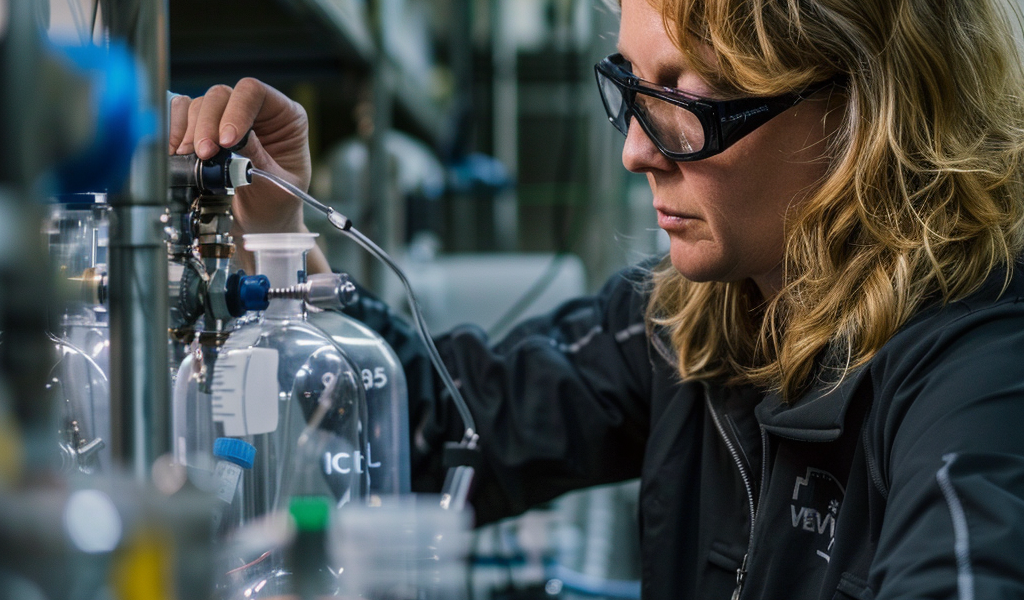Engineers at Georgia Tech have developed a groundbreaking approach that could revolutionize the process of reusing captured carbon, making it far more cost-effective and energy-efficient.
The team, led by Marta Hatzell, has introduced a new electrochemical reactor designed to seamlessly integrate into direct air capture systems, transforming carbon dioxide extracted from the air into valuable raw materials. This innovative method opens up possibilities for the creation of new plastics, chemicals, and fuels.
By significantly reducing the costs and energy demands associated with direct air capture (DAC) systems, this advancement promises to enhance the viability of a crucial process in combating climate change.
The key to this breakthrough lies in a novel catalyst and electrochemical reactor design that can be easily incorporated into existing DAC setups to generate useful carbon monoxide (CO) gas. Marta Hatzell and her team have developed one of the most efficient designs of its kind, as highlighted in their publication in Energy and Environmental Science on April 16.
Marta Hatzell, an associate professor at the George W. Woodruff School of Mechanical Engineering and the School of Chemical and Biomolecular Engineering, emphasized the significance of this research in the context of decarbonization efforts. She noted that while all their projects focus on addressing climate change, this particular innovation holds the potential to accelerate commercialization and real-world impact.
Traditionally, DAC processes involve extracting carbon dioxide from the atmosphere using specific chemicals or materials that attract CO2 molecules. Releasing the captured carbon for storage or productive reuse typically demands substantial energy and intricate, costly systems. Moreover, a considerable amount of the captured carbon is often lost during these processes, with less than half effectively utilized.
Hatzell’s team is concentrating on enhancing a method that utilizes a liquid alkaline solution known as KOH for carbon capture within a DAC system. The KOH converts CO2 gas into bicarbonates, which then need to undergo separation processes.
The innovative design developed at Georgia Tech eliminates the need for this expensive and energy-intensive separation step entirely, streamlining the process and reducing associated costs.
By collaborating with Jihun Oh’s lab at the Korea Advanced Institute of Science and Technology, the team is advancing the field of carbon capture and utilization, offering a promising solution to make DAC systems more economically viable and environmentally sustainable.





